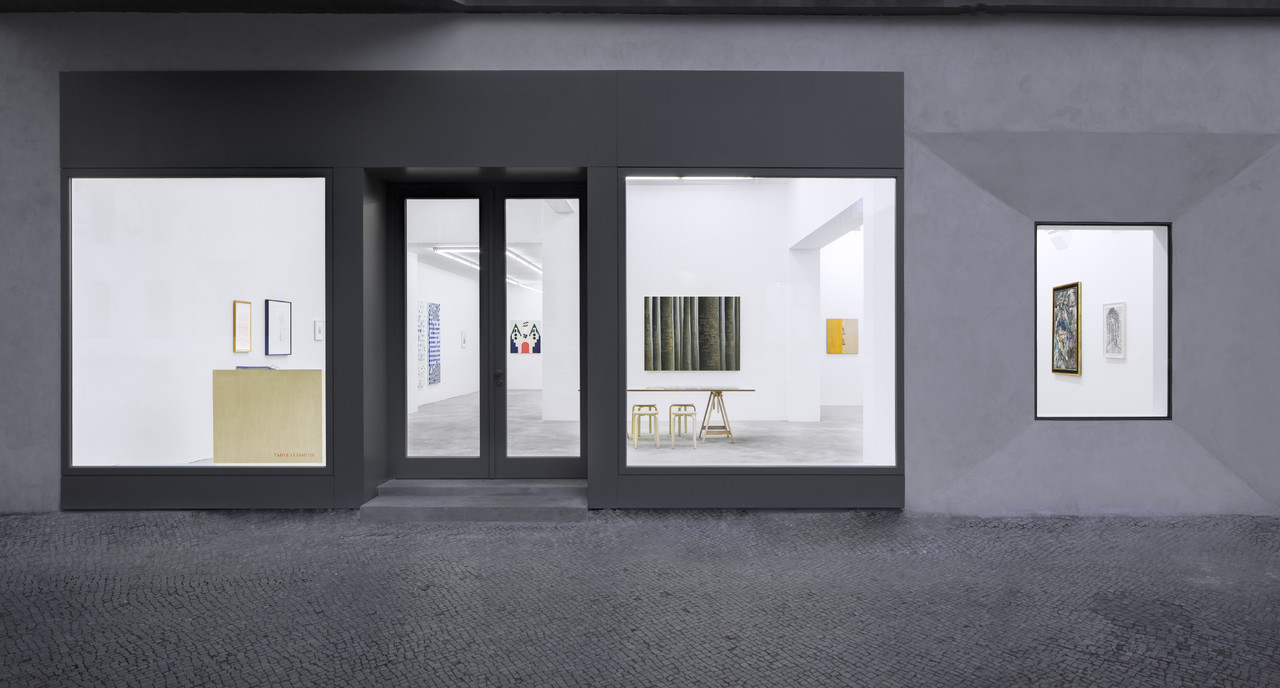Gerasimos Floratos
Hymn
29 October – 13 November 2022, Château de Boisgeloup, Gisors, France
Adjacent to Floratos’ Brussels show, the Boisgeloup exhibition, taking place in Picasso’s historic studio, includes many sculptures which relate to a selection of paintings. The title of the exhibition, Hymn, might surprise some at first, but the sculptures do have a sonic quality. They seem to be singing, shouting, or speaking. The artist leaves the interpretation of his works open, like the mouths of his figures.
Floratos wholeheartedly believes that facial recognition is a crucial neural ability that allows us to survive in cities. The brain is capable of deciphering a fake smile from an honest one, a sincere word from irony. His paintings bear a similar ambiguity. However his sculptures are more than 3D translations of his paintings in the way that Baselitz, Lüpertz, or Appel sculptures live and exist on their own.
Floratos chose clay: a playful, malleable medium that allows for mistakes. There can also be ugliness or sloppiness, which is what the funk ceramists from the West Coast brilliantly explored in the 1970s, reinventing the expressionist language in their own political way. Actually, unlike in ceramics, Floratos uses non-firing clay, an even-more basic medium. Supposedly it becomes harder than rock once it dries. Floratos has always admired Tàpies, and his great disrespect of material...He alternates fast and slow gestures, caring and aggressive interventions. A certain violence and physicality is evident in the production process. When he finds the clay figure too perfect, he might smash it and roll it in the dirt of his studio. Some pieces lose a body part, or maybe even a head.
Floratos began making sculptures with aluminium foil. He sometimes uses glue. He also adds readymade objects, like a small Empire State Building taken out of a kitschy snowglobe. Loud colours are injected at the end of the process. These vivid tones are directly inspired by the flashiness of Times Square advertising billboards and the packaging of products sold in a deli like the one owned by his family. In fact, both seriality and vivid colours can be traced back to an ancient, pre-industrial time.
If we think of molded greek ex votos figurines, or of the original polychromy of antique sculptures–before the whitewashing of the 19th century made us think that purity and perfection were white. Floratos has vivid memories of the site of Knossos in Crete, with all its columns and frontons, repainted in flashy red. A current show at the Metropolitan Museum focuses on the original colours of statues which, in our contemporary view, might even look tacky or counterintuitive.
Floratos is an artist who values relativity and imperfection. Indeed, he seeks it out. One of his figures is seated in a Buddha posture. His figures are confronting: the more you look at them, the more they trigger you. Their hats, headphones, and sneakers are the petticoats of the present. These archeological signs will be a direct testament to our highly contrasted times.
